The gene-editing tool takes on “nonsense mutations” that are involved in roughly 30 million genetic diseases.



Keloids are fibroproliferative disorders of the skin marked with elevated interleukin-6 and transforming growth factor-beta, causing pain, pruritus, and decreased quality of life.1 Punch excision therapy is emerging as a simple, quick, and accessible treatment option for keloid management. This review summarizes the current evidence on the efficacy and safety of punch excision therapy in keloid management.
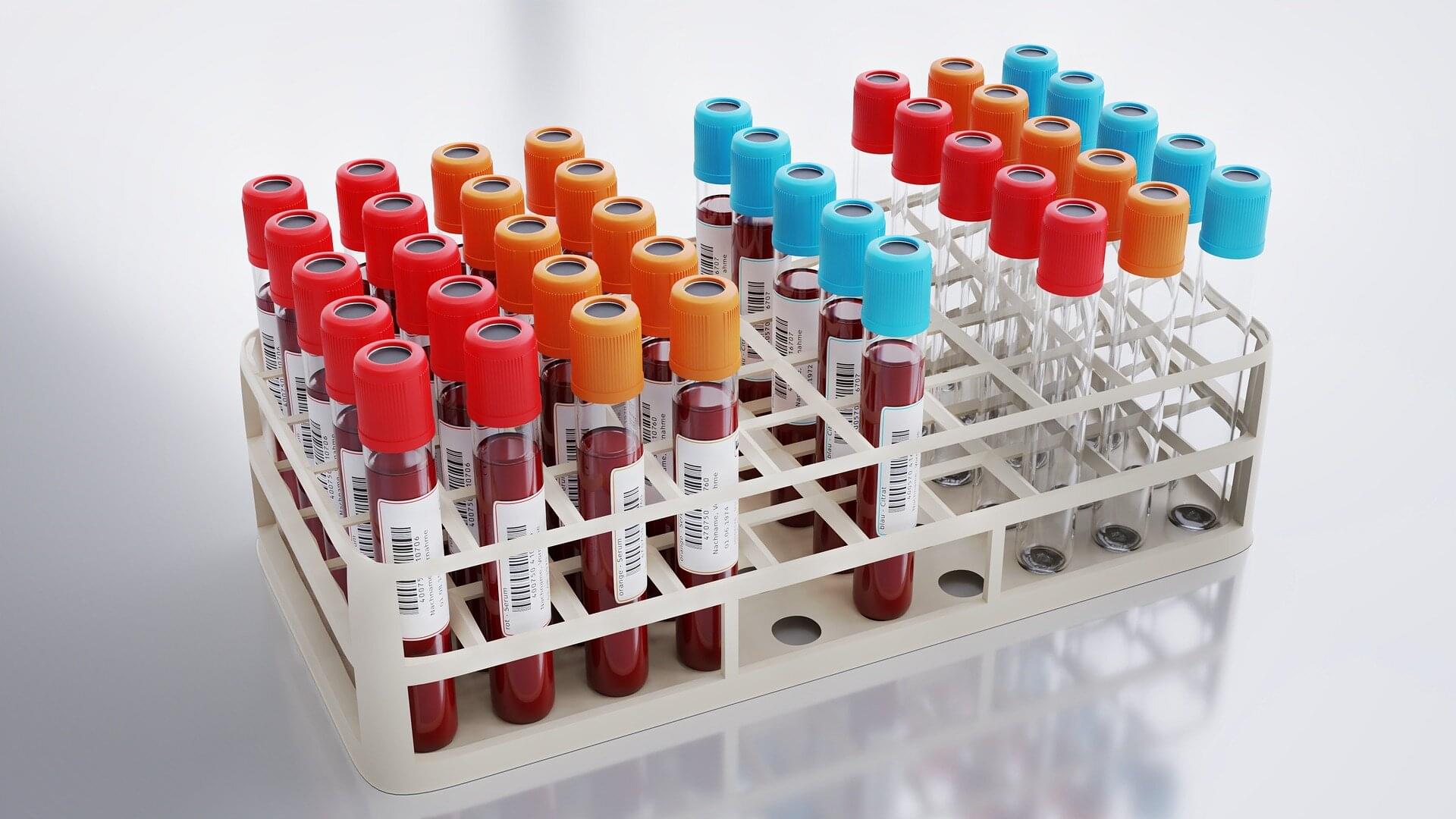
People with impaired kidney function have higher levels of Alzheimer’s biomarkers in their blood, but not an increased risk of dementia, according to a study published in Neurology.
The study does not prove that poor kidney function causes higher levels of Alzheimer’s biomarkers in the blood, it only shows an association.
Kidneys remove waste and toxins from the blood, which are then excreted in urine.
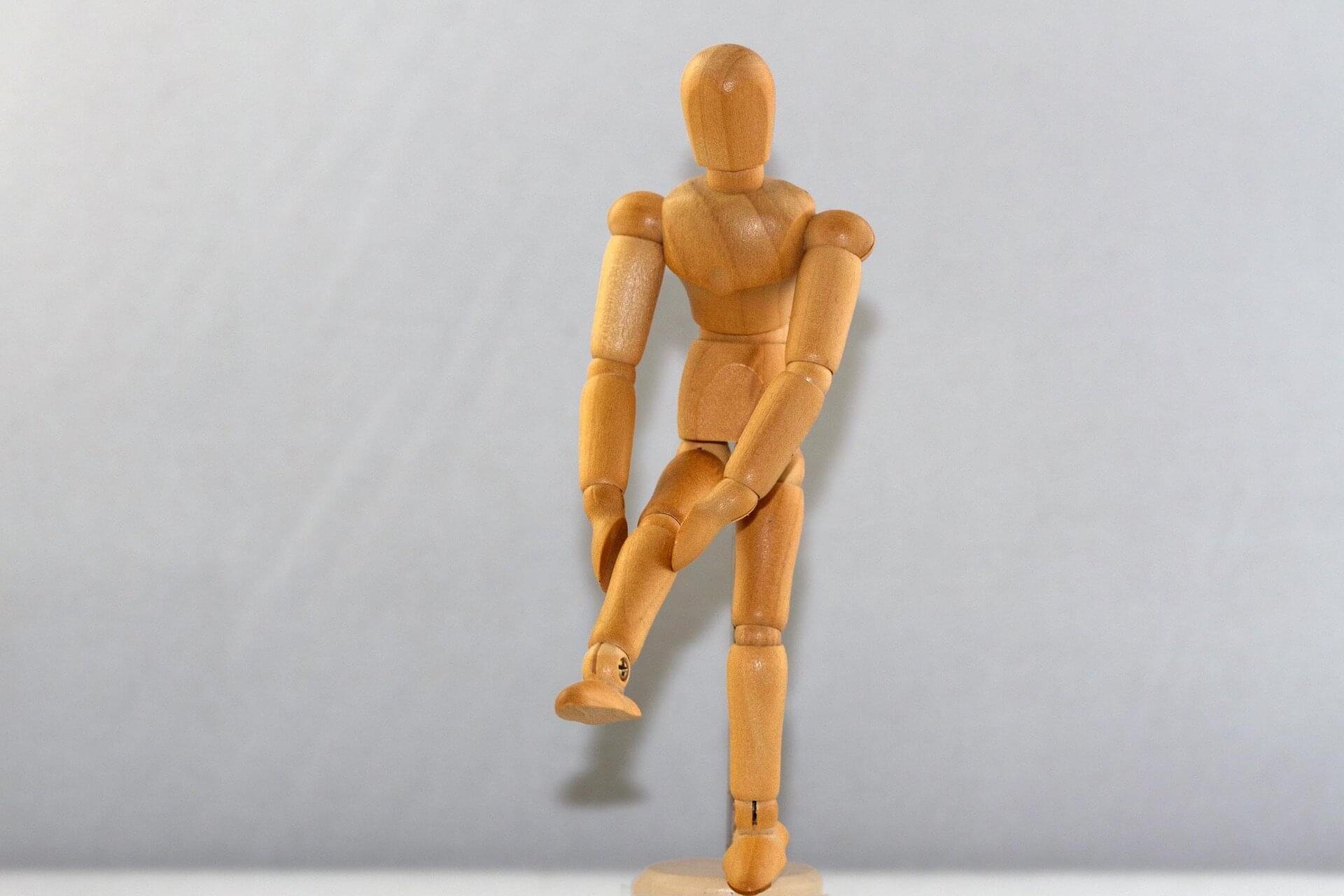
New research from a randomized clinical trial provides the strongest long-term evidence yet comparing partial (PKR) and total (TKR) knee replacements for patients with osteoarthritis. Published in The Lancet Rheumatology, the study shows both PKR and TKR being equally effective and offering similar clinical outcomes.
In 2019, the Total or Partial Knee Arthroplasty Trial (TOPKAT) study, led by researchers at NDORMS, found that after 5 years, partial knee replacement (PKR) showed similar, if not better, outcomes than total replacement (TKR). But the research horizon was extended to ten years to study whether the longer-term quality of life outlook for patients could be assessed.
Now, with 10 years of data, researchers have found that patients who underwent PKR and TKR had similar long-term pain relief, function, and quality of life outcomes.
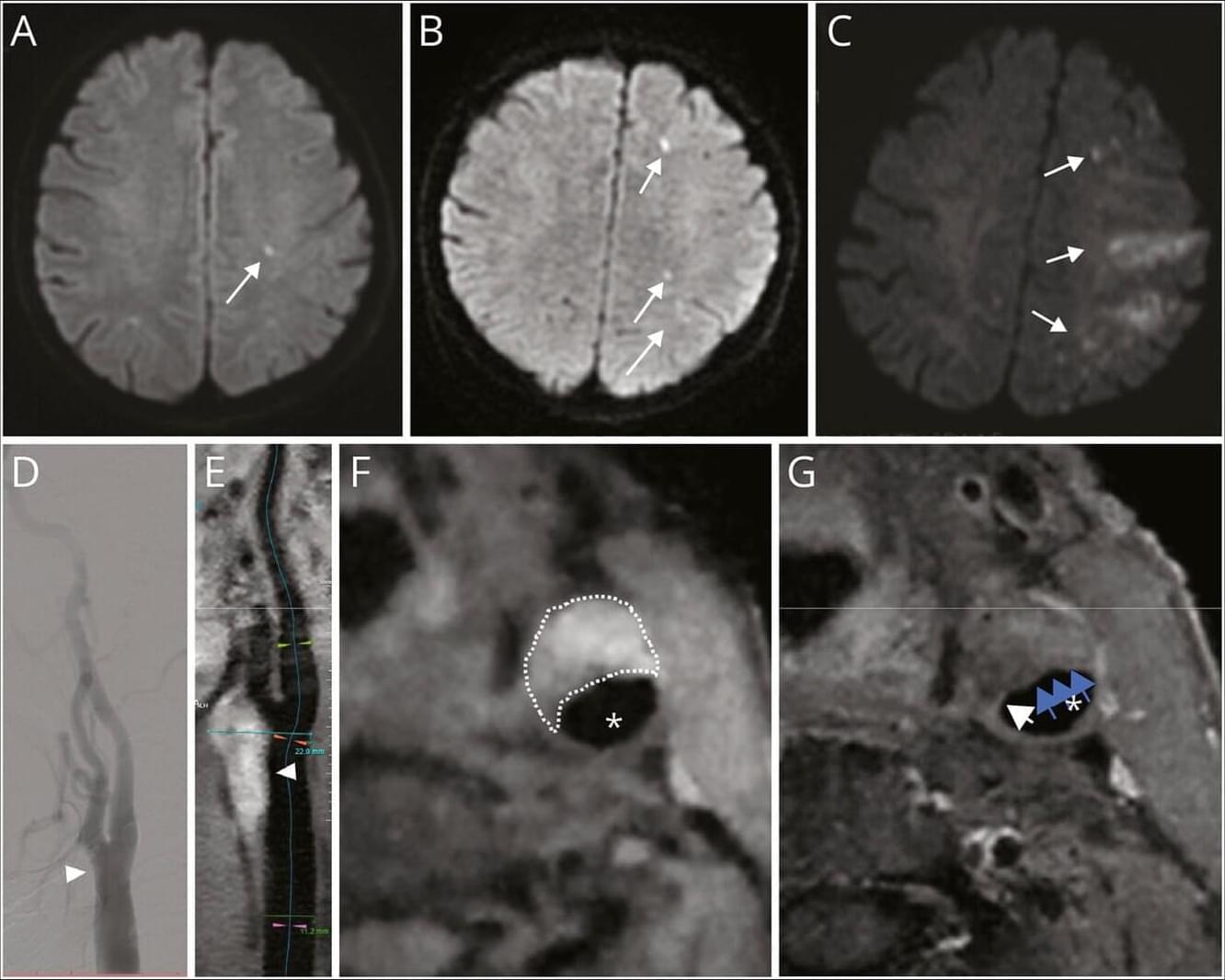

Periodontal disease is a chronic inflammatory condition of the periodontal tissues, encompassing pathologies such as gingivitis and periodontitis. It has been shown that these conditions not only lead to localized inflammation but also have systemic effects on overall health. Recent studies have strongly suggested a link between periodontal disease and chronic systemic diseases, particularly cardiovascular diseases. Among these, endothelial function plays a crucial role in cardiovascular health, and endothelial dysfunction has been reported to contribute to the development of atherosclerosis, hypertension, and coronary artery disease. Endothelial function refers to the ability of endothelial cells to regulate vasodilation and vasoconstriction, primarily through the production and release of nitric oxide.

When ice melts into water, it happens quickly, with the transition from solid to liquid being immediate. However, very thin materials do not adhere to these rules. Instead, an unusual state between solid and liquid arises: the hexatic phase. Researchers at the University of Vienna have now succeeded in directly observing this exotic phase in an atomically thin crystal.
Using state-of-the-art electron microscopy and neural networks, they filmed a silver iodide crystal protected by graphene as it melted. Ultra-thin, two-dimensional materials enabled researchers to directly observe atomic-scale melting processes. The new findings significantly advance the understanding of these phase transitions. Surprisingly, the observations contradict previous predictions—a result now published in Science.
The sudden transition in melting ice is typical of the melting behavior of all three-dimensional materials, from metals and minerals to frozen drinks. However, when a material becomes so thin that it is practically two-dimensional, the rules of melting change dramatically. Between the solid and liquid phases, a new, exotic intermediate phase of matter can arise, known as the “hexatic phase.”

Neutron stars are ultra-dense star remnants made up primarily of nucleons (i.e., protons and neutrons). Over the course of millions of years, these stars progressively cool down, radiating heat into space.
The cooling process of neutron stars could be a promising testbed for various hypothetical particles, including so-called scalar particles. These are particles that do not possess a spin and that, according to some theoretical predictions, could couple to nucleons.
Scalar particles are hypothesized to violate two fundamental laws of gravity, known as the equivalence principle and the inverse-square law. Their observation could thus greatly enrich the present understanding of the universe and its underlying physical forces.
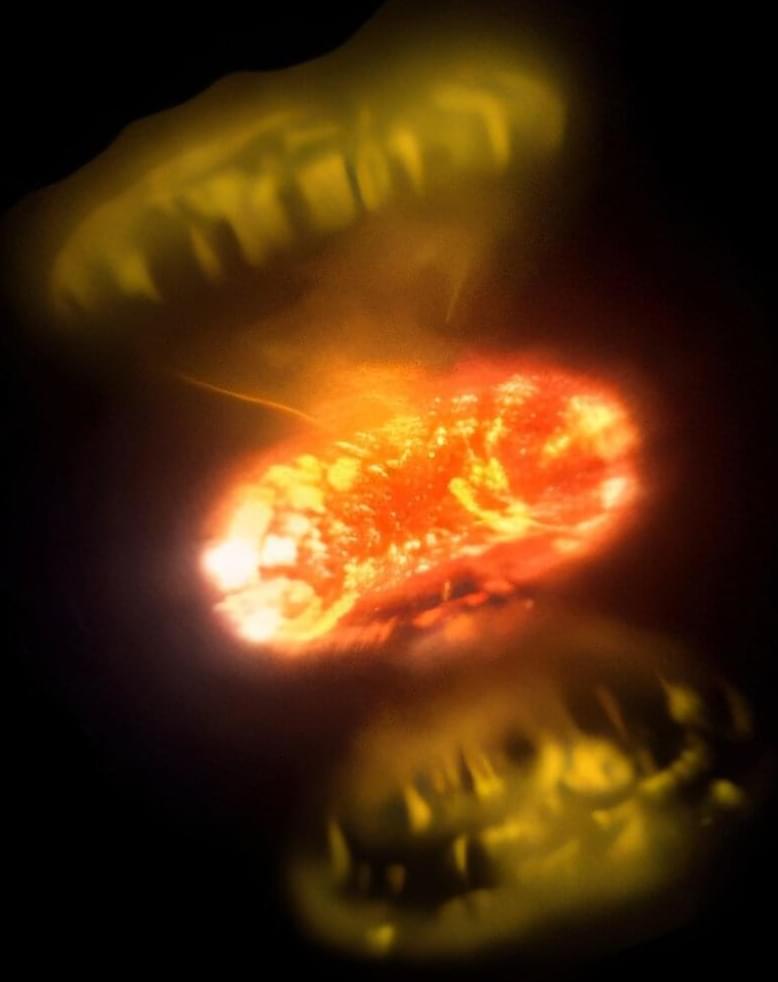
Astronomers have captured images of two stellar explosions—known as novae—within days of their eruption and in unprecedented detail. The breakthrough provides direct evidence that these explosions are more complex than previously thought, with multiple outflows of material and, in some cases, dramatic delays in the ejection process.
The international study, published in the journal Nature Astronomy, used a cutting-edge technique called interferometry at the Center for High Angular Resolution Astronomy (CHARA Array) in California. This approach allowed scientists to combine the light from multiple telescopes, achieving the sharp resolution needed to directly image the rapidly evolving explosions.
“The images give us a close-up view of how material is ejected away from the star during the explosion,” said Georgia State’s Gail Schaefer, director of the CHARA Array. “Catching these transient events requires flexibility to adapt our nighttime schedule as new targets of opportunity are discovered.”
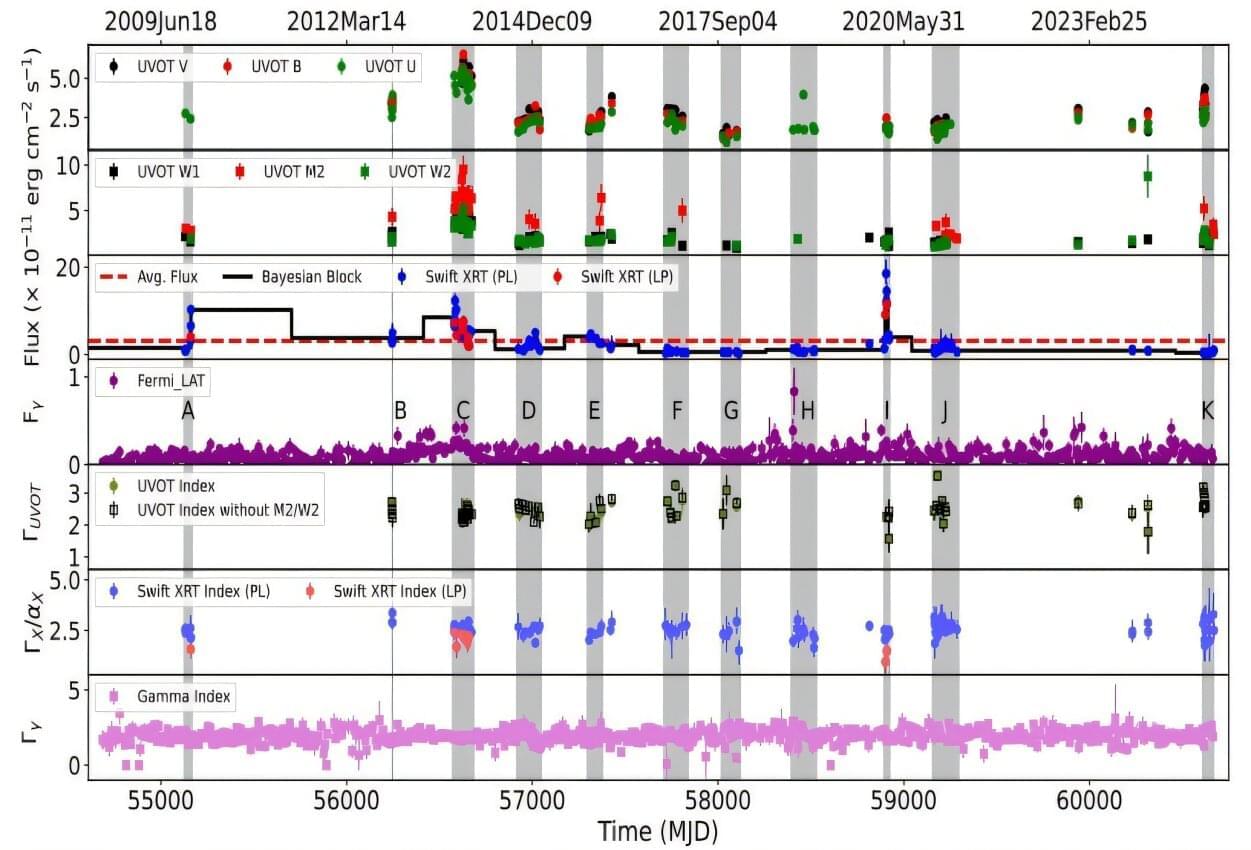
Using NASA’s Swift and Fermi space telescopes, Indian astronomers have conducted a long-term multiwavelength study of a nearby blazar designated TXS 0518+211. Results of the study, published Nov. 26 on the arXiv pre-print server, reveal the complex nature of this object.
Blazars are very compact quasi-stellar objects (quasars) associated with supermassive black holes (SMBHs) at the centers of active, giant elliptical galaxies. They are the most luminous and extreme subclass of active galactic nuclei (AGNs). The characteristic features of blazars are highly collimated relativistic jets pointed almost exactly toward Earth.
Blazars are usually divided by astronomers into two classes, based on their optical emission properties: flat-spectrum radio quasars (FSRQs) that feature prominent and broad optical emission lines, and BL Lacertae objects (BL Lacs), which do not.